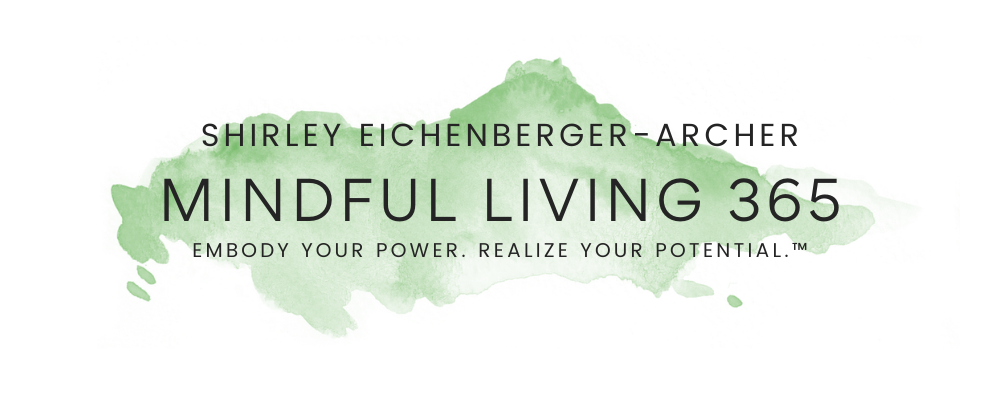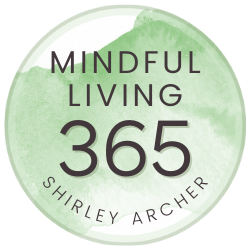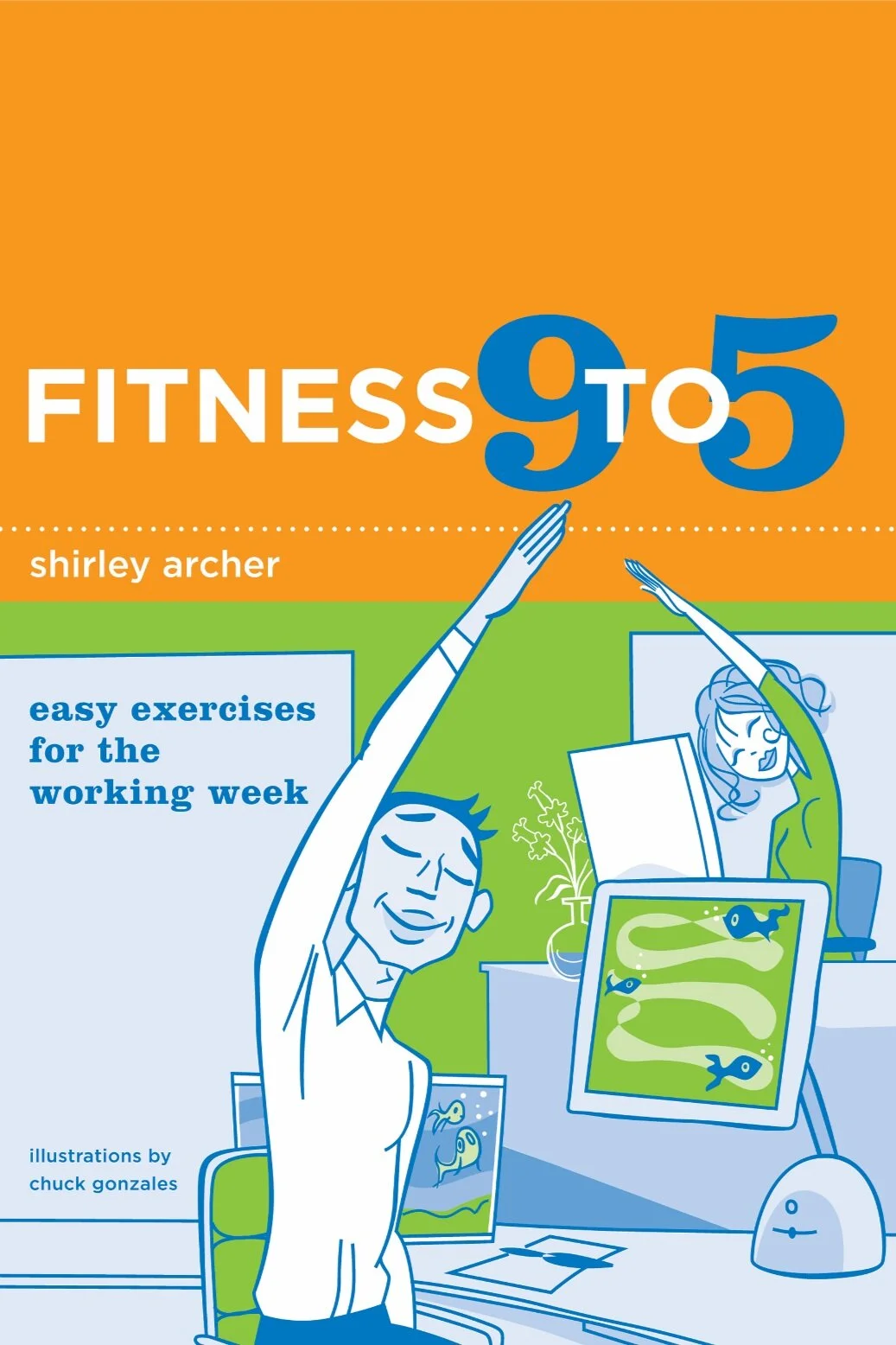HOW TO FIND THE RIGHT TYPE OF MEDITATION
EVIDENCE BASED
HOW DO YOU DECIDE WHAT MEDITATION METHOD IS BEST FOR YOU?
Do you want to start a meditation practice, but you’re not sure which style to choose? Today, you have so many choices, you might end up feeling stressed out and give up. Don’t go there! Instead, use these tips to find what’s best for you.
The good news: studies confirm that no particular style is “better” than another. Choose what makes you feel comfortable. Many celebrities practice mantra meditation, used by Oprah Winfrey, Ellen Degeneres, Gisele Bundchen and more. Alternatively, you may have read about mindfulness meditation, popularized by Jon Kabat-Zinn through his mindfulness-based stress reduction program.
5 TIPS ON HOW TO CHOOSE WHAT’S RIGHT FOR YOU
I interviewed Adam Burke, PhD, MPH, director of Holistic Health Studies at San Francisco State University and lead researcher on the above-referenced study and other experienced meditation teachers. Here are expert tips:
1. Learn about different styles: Many types exist. For research purposes, scientists have categorized methods mainly into focused attention (concentrating on something specific), open monitoring (paying attention to attending), and spiritual, with other options like “automatic self-transcending”. Often, traditional methods blend aspects and do not fit neatly into one category or another. And, guided meditations or moving meditation may be an easier place to begin.
2. Evaluate different styles: Instead of sampling one method and becoming discouraged because it was difficult or felt awkward, try different styles over a four-week period and evaluate what appeals to you. Keep a journal or simply make a note in your smart phone about how you feel after a meditation session. I recommend trying mantra, mindfulness and a moving meditation style. From the San Francisco State University study with 247 participants, Burke noted that individual preferences were clearly evident after the 6-week program.
3. Choose what works for you: Instead of selecting what is popular or what a celebrity that you like does, figure out what feels comfortable, easy and enjoyable to do and what makes you feel more calm, centered and grounded. Check your notes and your “gut” feelings. Burke says, “If people do not select a style that they enjoy, the risk is that they will quit practicing before they realize any benefits.”
4. Make a commitment: Once you’ve identified what method you enjoy, commit to doing it regularly instead of continuing to sample one style after another. One teacher advised, “There are many paths up the mountain. Choose one.” Bottom line—meditation is not easy. Continuing to dabble is an attractive way to avoid the discipline required to create a new habit. At the same time, you can do a combination of methods. Today, I practice both mindfulness and walking meditation. When I first started, I did a mantra style as it was easier for me to concentrate on a specific phrase.
5. Practice consistently: To get results and enjoy meditation’s benefits, you need to practice consistently (like fitness training) on most days of the week. Behavioral science teaches us that an efficient way to create a new habit is to “anchor” it with something that’s already habitual. This avoids the whole issue of will-power and essentially uses your existing habits as a force for creating new positive behaviors.
For example, if you always shower in the morning, try meditating immediately before your shower. For myself, I train every weekday morning. I slip my meditation time in immediately after my workout. You get the idea. Attach your new meditation practice to anything that you already do habitually. And, start small, with as little as 5-10 minutes, until your new meditation practice becomes a routine part of your day and you can find ways to increase your time commitment.
For an introduction on types of meditation, check out the video below. This video is part of a 4-video playlist: What Are Different Types of Meditation. The introductory video provides an overview, then additional videos explore mantra meditation, mindfulness meditation and moving meditation in more depth. Or listen to my podcast!
Click here to listen to my podcast on Apple Podcasts.
PRODUCT PICKS THAT YOU WILL LOVE
Visit my YouTube channel to subscribe for more tips. Have you downloaded Your Path to Peace? Go from stressed and anxious to calm and at ease in 5 simple steps. If this post helped you, please share with friends now, by using the buttons below. Thanks!


















